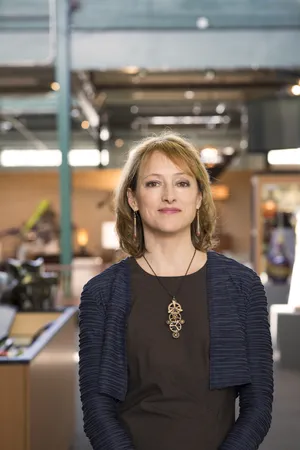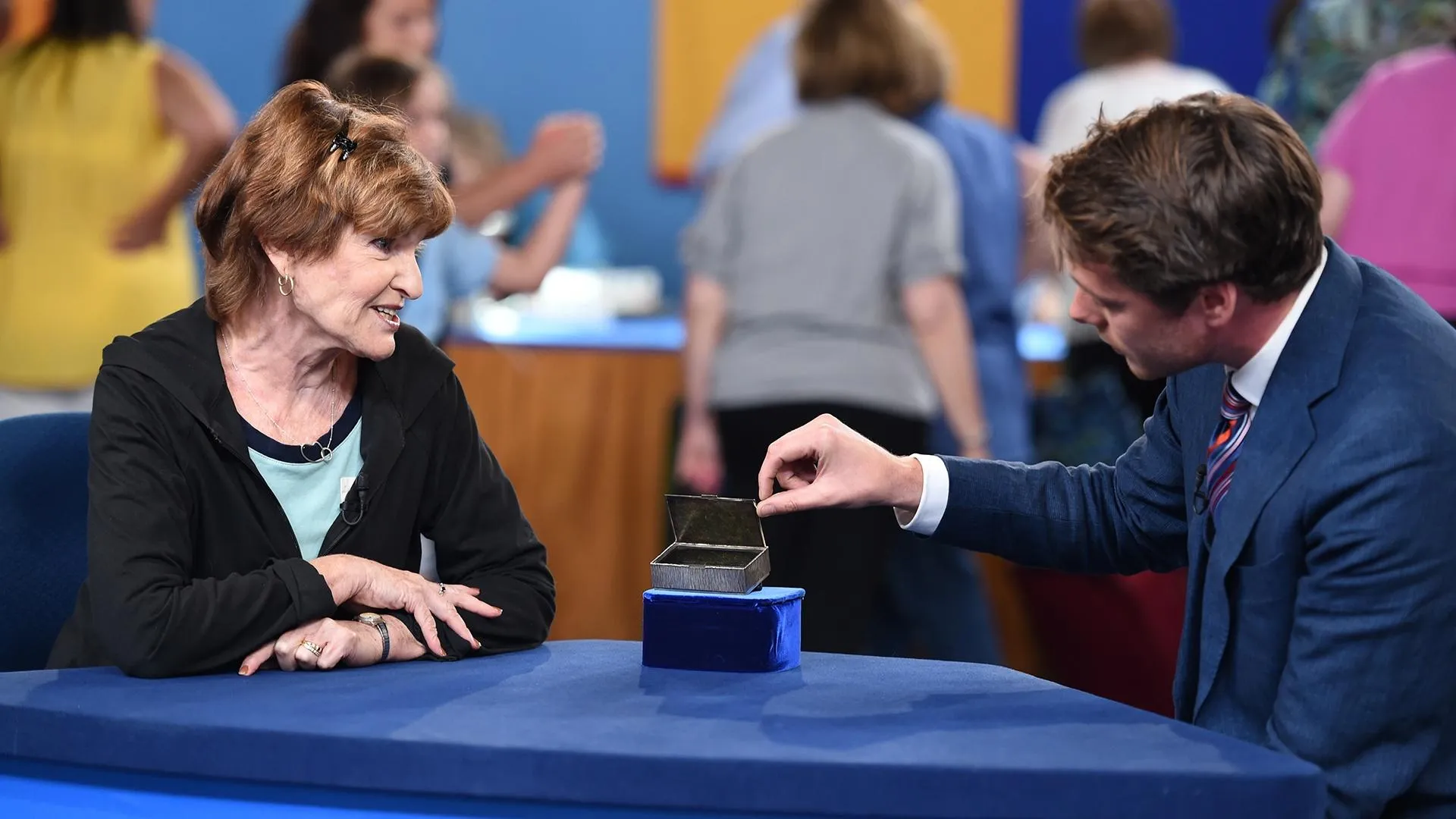GUEST: I've been doing some of my own research on it by reading a lot of different books and everything else. I'm hopeful that is a George Ohr authentic piece. I purchased it from an antique shop in northwestern New Jersey. I was told that they could not authenticate it. To me, it was an item of beauty. It looked like it had a possible potential of being an Ohr piece. I was looking at the walls, which I thought were thin-- not being an expert, I don't know if they're thin enough-- and I was looking at the manipulation. When I turned it and looked upside-down, the clay looked like it could have been real to me, but nobody could authenticate it, so more or less I said, "Well, I like it, I think it's beautiful, but I can only pay what I think decorative value is for it." I offered him $250. He balked at me and everything else and then eventually said, "Okay." If it's real, I'm very thrilled. If it's not, I think I'm okay.
APPRAISER: Well, you've certainly done all your research. It is not real.
GUEST: Okay.
APPRAISER: George Ohr is a bit of a victim of his own success. Well over 20 years ago, 30 years ago, there was a whole crop of George Ohr vessels that came out that had started out being real or bisque pieces, as in unglazed, and they were brought to a professional potter who put a new glaze on because it was so much more desirable and expensive when you would sell a piece that had Ohr layers versus bisque.
GUEST: Right.
APPRAISER: And so there was a whole lot of faked glazes out there, and those became fairly easy to spot once you knew what to look for.
GUEST: Right.
APPRAISER: As we talked on ANTIQUES ROADSHOW to our millions of viewers about this situation, and as the prices for George Ohr kept chugging along, and as there's this beautiful Frank Gehry-designed museum opening in Biloxi, Mississippi, there's a lot of attention to George Ohr. And so it was easy for people who really wanted to make something new. They had enough data to become better. This is the second generation of fakes. This is fake from the ground up. You're right, it is thin. The weight is good. The folds, if you're familial with Ohr folds, he did fold, but they're not exactly like that. It's a subtle thing. The dimples, he did dimple, but not exactly like that. The interior would not be quite so limpid and pale as that. He used a mottled glaze in gun metal over amber, but he didn't really use a glaze that looked exactly like that, and not in combination with these. It's subtle stuff. And by telling you this and by telling our millions of viewers, and by telling the forger, who is I'm sure listening, I am giving him or her...
GUEST: Right.
APPRAISER: ...more data to make these even better, so I cannot tell you everything on camera. I will tell you other things just between you and me later.
GUEST: Right, right.
APPRAISER: So all these things known, it is not perfect, it's not good enough. It is very close. What is a concern to me is that this person, who is in the northeast, keeps producing them, selling them on the internet. They appear, and they are seen and they are purchased by people who just don't know.
GUEST: Wow. Okay, okay.
APPRAISER: Its decorative value just as it is may very well be in the $250 range, retail.
GUEST: Right. To me, it's still attractive.



